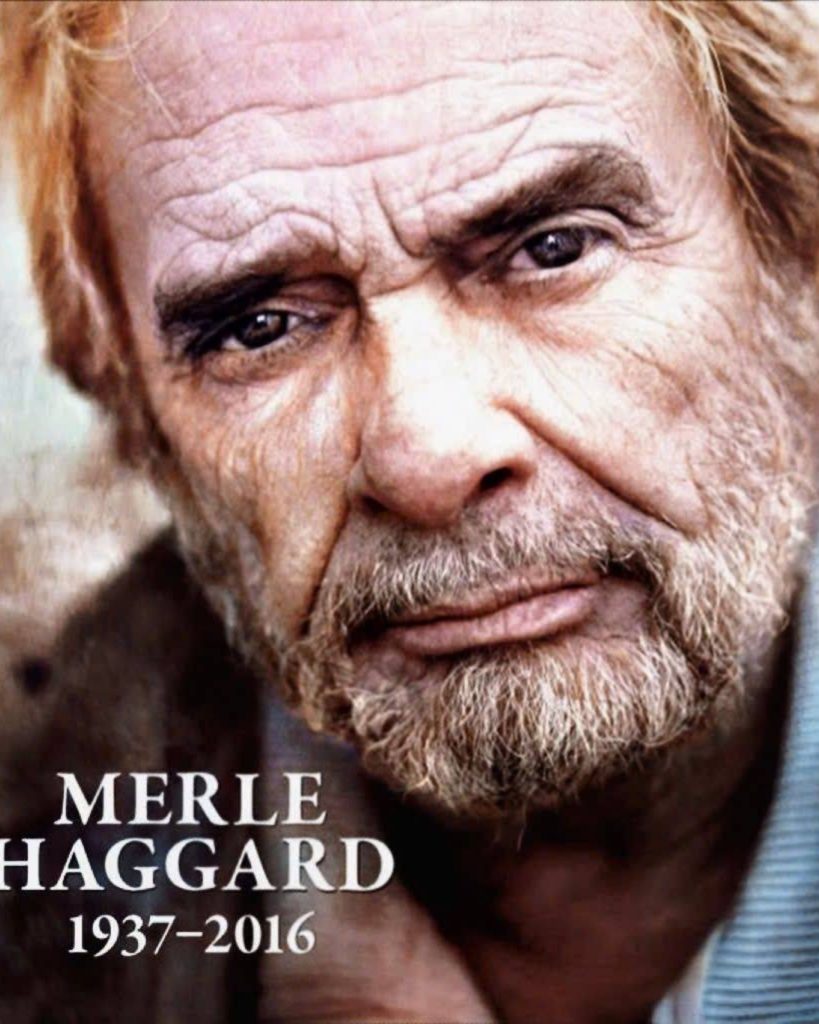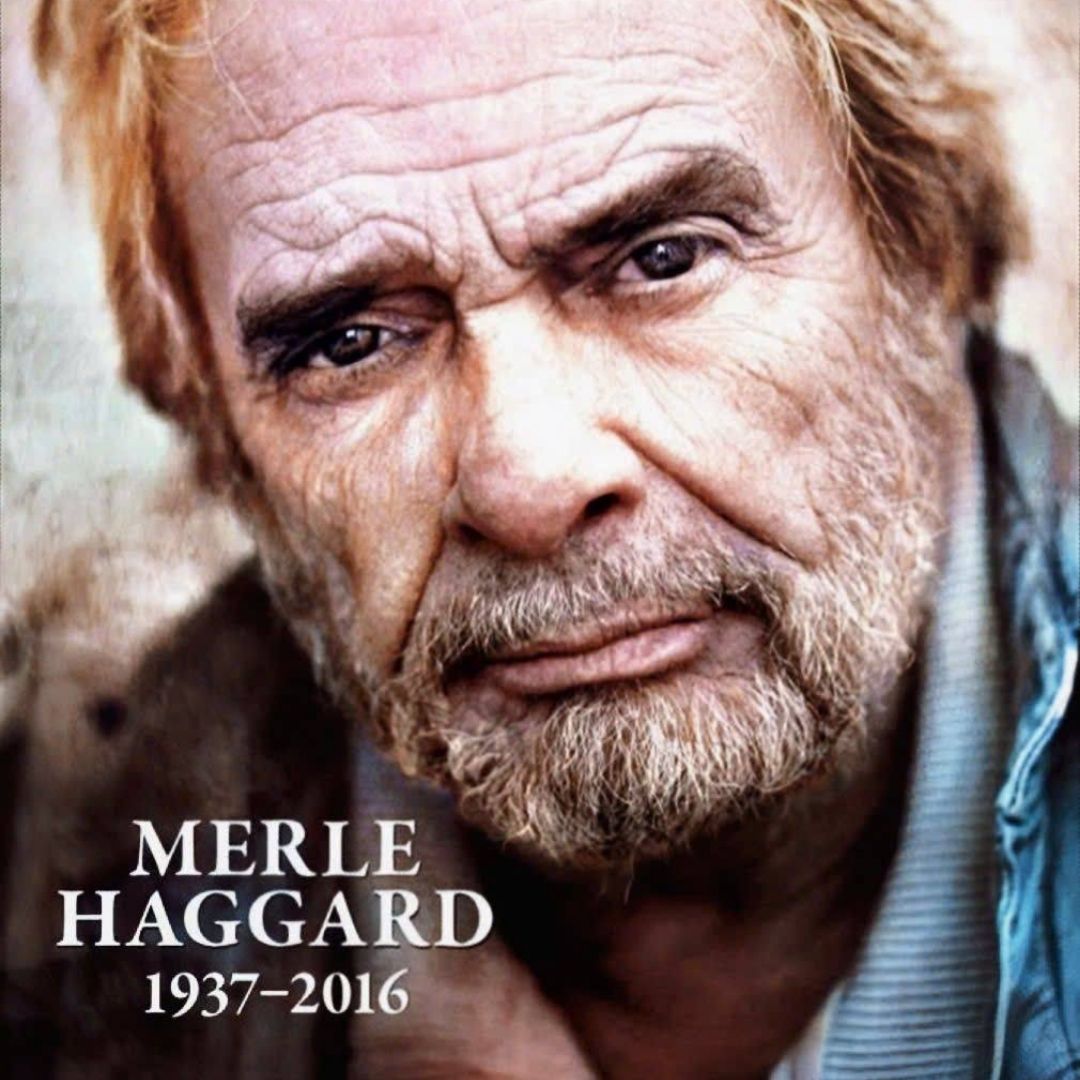
There’s a rare honesty in the way Haggard approaches this song. Every line feels like it’s being drawn straight from the marrow of his memories. His voice—weathered yet resolute—carries the emotional weight of someone who has seen the full circle of human life: love, loss, pride, regret, and resilience. As he sings, “My father died a year ago today,” there’s no theatrical performance; only truth. It’s the kind of moment where the silence between the words speaks louder than the music itself.
The Austin City Limits setting amplifies that intimacy. The stage lights are subdued, the band plays softly behind him, and the audience, though present, fades into stillness. What we’re left with is the unfiltered essence of Haggard’s artistry—his ability to bridge personal pain with universal emotion. In his hands, “No Time to Cry” becomes more than a song about grief; it becomes a reflection on the modern world’s quiet tragedy—the way we rush through life, pushing our emotions aside because we’re “too busy to cry.”
There’s a rare honesty in the way Haggard approaches this song. Every line feels like it’s being drawn straight from the marrow of his memories. His voice—weathered yet resolute—carries the emotional weight of someone who has seen the full circle of human life: love, loss, pride, regret, and resilience. As he sings, “My father died a year ago today,” there’s no theatrical performance; only truth. It’s the kind of moment where the silence between the words speaks louder than the music itself.
The Austin City Limits setting amplifies that intimacy. The stage lights are subdued, the band plays softly behind him, and the audience, though present, fades into stillness. What we’re left with is the unfiltered essence of Haggard’s artistry—his ability to bridge personal pain with universal emotion. In his hands, “No Time to Cry” becomes more than a song about grief; it becomes a reflection on the modern world’s quiet tragedy—the way we rush through life, pushing our emotions aside because we’re “too busy to cry.”
Watching Haggard sing “No Time to Cry” on Austin City Limits feels like sitting at the edge of a long, quiet conversation—one between a man and his memories. It reminds us that music, at its finest, doesn’t just entertain; it testifies. And in that testimony, Merle Haggard once again proves why his voice remains one of the most authentic instruments in American music
Video
